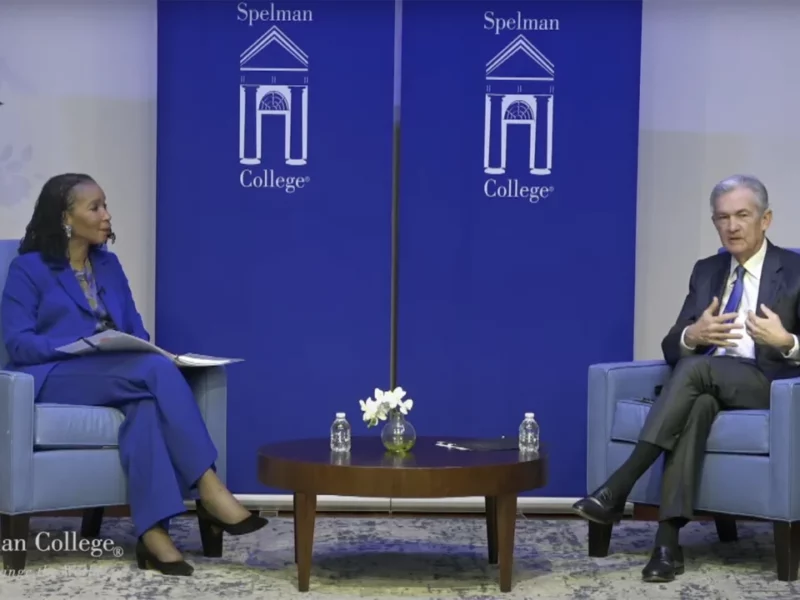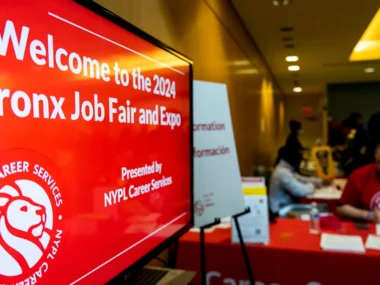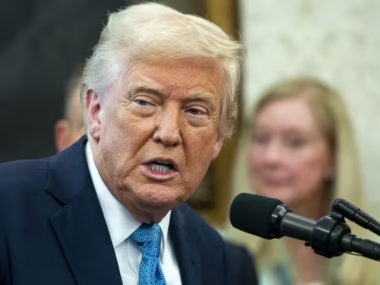Investors have largely assumed that the Federal Reserve has finished raising interest rates and are anticipating potential rate cuts in the coming year, possibly as soon as the first half of 2024.
However, Fed Chair Jerome Powell has cautioned against rushing into this assumption, stating, “Having made significant progress at a rapid pace, the Federal Reserve is proceeding cautiously, as the risks of both under-tightening and over-tightening monetary policy are becoming more balanced.” Powell made these remarks during an opening statement before a moderated discussion at Spelman College in Atlanta.
Jerome Powell emphasized that it would be premature to firmly assert that the Federal Reserve has implemented a sufficiently restrictive monetary policy or to speculate about when a shift towards easing might occur.
These remarks from Powell come shortly before the central bank’s upcoming policy meeting scheduled for December 12-13. It is widely anticipated that the Fed will maintain interest rates at their current 22-year high for the third consecutive meeting.
Despite Powell and other officials stating that they are not currently considering rate cuts, some investors anticipate that rate reductions may start as early as the middle of the next year.
In the currently sluggish US housing market, which is grappling with reduced sales and historically low affordability, a more lenient monetary policy is seen as a positive sign for lower mortgage rates. While the Federal Reserve doesn’t directly set mortgage rates, its actions do exert influence over them.
Mortgage rates closely follow the yield on the 10-year US Treasury note, which fluctuates in anticipation of monetary policy decisions, actual actions taken by the Fed, and the reactions of investors. As Treasury yields have been declining in recent weeks, so too have mortgage rates. Potential rate cuts next year would further facilitate this trend.
However, Jerome Powell and other Federal Reserve officials are apparently considering the possibility of one more interest rate hike, should inflation prove to be more persistent than expected. It’s worth noting that this possibility is not currently reflected in futures markets, and it remains uncertain how or if the Fed will officially announce an end to rate hikes in this economic cycle.
At present, central bank officials are feeling somewhat relieved after the most recent reading of the Fed’s preferred inflation indicator showed a slowdown in price increases in October. This deceleration comes after earlier in the year when inflation had picked up due to rising energy costs, which have since moderated significantly.
In the seven Federal Reserve meetings held this year, the Fed has increased interest rates on four occasions and maintained them at their current level during three meetings. It is expected that December’s Federal Reserve meeting will likely result in an even balance between rate hikes and no change for the year.
Following Jerome Powell’s statements, stock prices experienced an increase.
Rising Prices, Expenditures & Home Loans.
In October, the Commerce Department revealed that both consumer spending and inflation showed signs of moderation. The core metric of the Personal Consumption Expenditures price index, which excludes volatile food and energy costs and is favored by the Federal Reserve as an inflation gauge, increased by 3.5% compared to the previous year in October. This was a slight decrease from September’s 3.7% increase.
Simultaneously, the headline measure, which includes all prices, grew by 3% during the same period, marking its slowest pace since March 2021.
Consumer spending, a crucial component constituting approximately two-thirds of economic output, only saw a 0.2% rise in October when compared to the prior month. This growth rate was lower than September’s 0.7% increase.
Holiday spending has been robust so far, with Black Friday and Cyber Monday sales achieving record-breaking numbers. The Federal Reserve typically seeks a slowing economy as a means to counter inflation through rate hikes. Economists widely anticipate a gradual easing of the economy from its rapid growth in the third quarter.
However, for the tens of millions of homeowners in the United States, the state of the housing market is of significant concern, as housing expenses constitute a substantial portion of their monthly budgets.
According to Freddie Mac’s report, the average rate for a 30-year fixed-rate mortgage decreased to 7.22% in the week ending November 30, down from 7.29% in the previous week. A year ago, the average rate for a 30-year fixed-rate mortgage was 6.49%. Although home affordability remains challenging, it is expected to improve in the coming year.
During his discussion, Jerome Powell emphasized the Federal Reserve’s current approach of balancing the risks of inflation either slowing down or accelerating, while also considering the potential unintended economic consequences of its policies. He acknowledged that there is still significant uncertainty, particularly since there’s no prior experience with year three of a pandemic recovery.
Powell also noted that “the public’s expectations of future inflation remain well anchored.” Most consumer surveys indicate that Americans believe inflation will eventually return to normal in the long run, with the exception of the University of Michigan’s survey, which showed a rise in long-term inflation expectations in November to their highest level since 2011.
What Fed Officials are Saying
Federal Reserve officials have widely recognized that the current economic conditions are paving the way for a continued decline in inflation. This is influenced by a slower economy and interest rates considered to be “restrictive.”
In a recent event in Washington, Fed Governor Christopher Waller expressed his belief that overall economic growth is slowing down, aligning with his expectations and contributing to the ongoing improvement in inflation.
Similarly, New York Fed President John Williams, speaking on Thursday, anticipates that inflation will gradually ease and stay slightly above the 2% mark next year.
“We’ve reached a point of having a restrictive stance, and things are progressing in the right direction,” he stated when speaking with reporters. “Now we can evaluate whether additional actions are necessary.”
However, the President of the New York Fed also noted that there might be a need for “further policy tightening” in case the slowdown in inflation doesn’t continue or if it picks up once again.
While some Federal Reserve officials have expressed optimism, others remain skeptical that the Fed’s role in managing the economy is complete.
Fed Governor Michelle Bowman mentioned during an event in Salt Lake City that she anticipates a need for “further increases in the federal funds rate” to maintain a policy that is restrictive enough to bring inflation down to the target of 2% in a timely manner.
Chair Jerome Powell is scheduled to participate in a discussion later on Friday at Spelman College with Fed Governor Lisa Cook. This event aims to gather insights from local leaders in the tech innovation and entrepreneurship community, as indicated in a statement.











